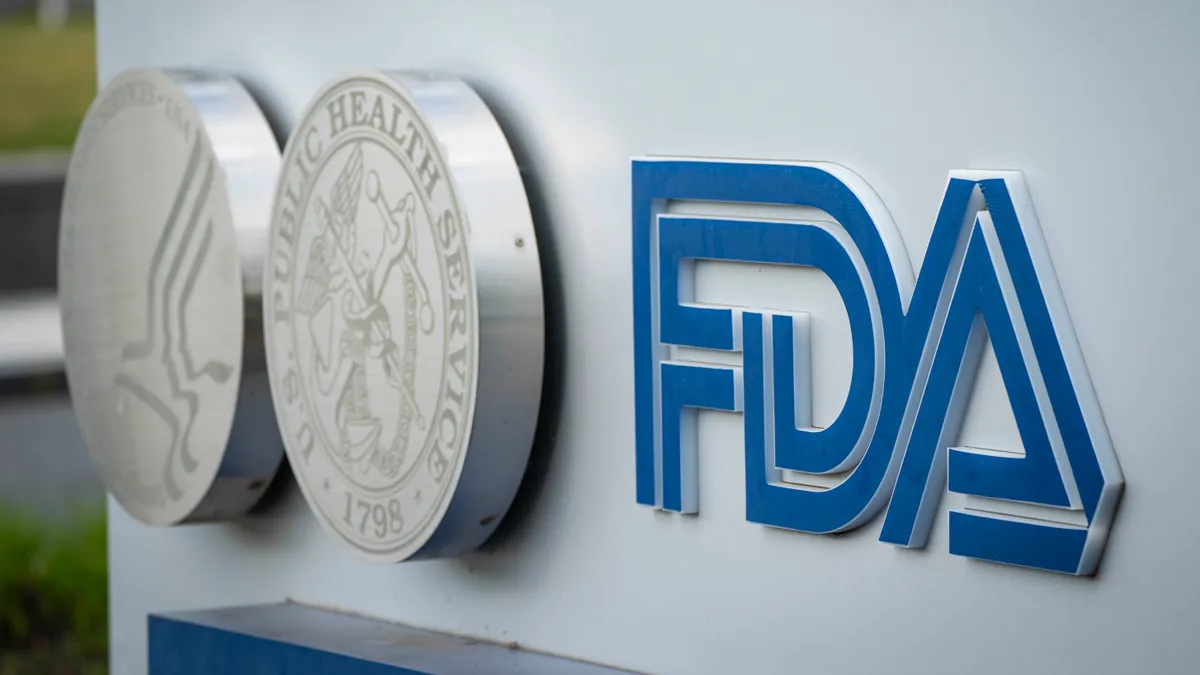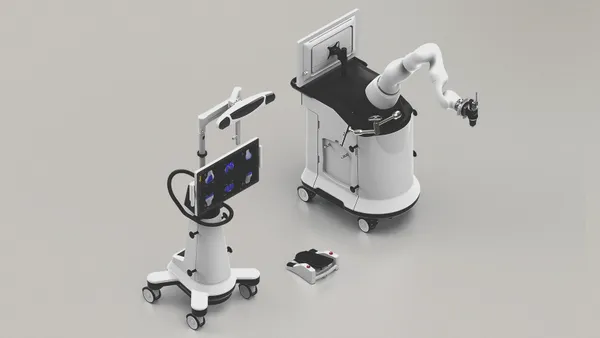Dive Brief:
-
FDA has issued two draft guidances intended to support the reporting and timely completion of postmarket studies of safety and effectiveness of medical devices.
-
One guidance document covers the postmarket surveillance requirements FDA can impose on certain products under section 522. FDA drafted the text to help manufacturers meet their postmarket requirements on time.
- The second document covers postapproval study requirements placed on manufacturers as a condition of premarket approval to address specific questions about the performance of a medical device.
Dive Insight:
Supported by existing guidance documents, FDA and outside observers have found many companies comply with their postmarket requirements. When the Government Accountability Office reviewed postmarket studies requested by FDA from 2007 to 2015, it found “most were making adequate progress.”
FDA’s own database paints a similar picture. The agency classifies 25 of the 259 studies as making inadequate progress. A further 43 projects are pending either the submission of a protocol or the start of the study. Most of the pending projects cover PMAs approved in 2020 or 2021. However, 12 of the pending projects are from 2019 or earlier, including a PMA approved in 2012. Even so, most of the studies are making adequate progress, in the view of FDA.
The agency has identified opportunities to improve its guidance, though, leading to the publication of draft guidance on two types of postmarket requirement: Section 522 surveillance and studies tied to PMA approvals.
Section 522 enables FDA to make manufacturers conduct postmarket surveillance of certain Class II and Class III devices at any time from their approval or clearance onward. FDA finalized its current guidance in 2016 and has retained large sections of that text in the new draft. Changes include the commitment to “consider a least burdensome approach that is scientifically appropriate to address the surveillance question(s)” and new information on the content and format of postmarket reports.
The second draft guidance document is set to supersede a text FDA adopted in 2009. FDA is only planning to retain short sections of its current advice on the procedures for handling postapproval studies imposed by PMA orders, although it is set to retain much of the structure of the existing text.
FDA has proposed adding a new section on postapproval study requirements that includes a target timeline for enrolling the trials. Based on its experience with the studies, FDA is recommending that the first subject is recruited within six months of the study protocol being approved and that the trial is fully enrolled within 24 months. FDA officials quoted in the GAO report said “limited patient enrollment” is a key reason for delays.
The agency is accepting feedback on the draft documents for 60 days.











